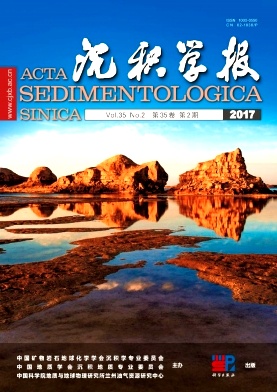Geological Events and Their Biological Responses During the Neoproterozoic Era
doi: 10.14027/j.cnki.cjxb.2017.02.001
- Received Date: 2016-04-08
- Rev Recd Date: 2016-04-28
- Publish Date: 2017-04-10
-
Key words:
- Neoproterozoic /
- supercontinent /
- glaciation /
- atmospheric oxygen level /
- biological events
Abstract: The Neoproterozoic Era witnessed a series of geological and biological events which may have significantly changed the Earth's surface environment. These events are suspected to be linked and their temporal relationships have long been a focus of multidisciplinary studies. Superplume activity and true polar wander through the early Neoproterozoic led to the break-up of Rodinia supercontinent. Indeed, such a large perturbation of deep mantle dynamics exerted a crucial impact on the global cycles of O2 and CO2, thus further inducing the extraordinarily dramatic climate. Biological consequences of tectonic re-configuration are mainly reflected in nutrient availability and living conditions. The elevated upwelling and surface runoff could sustain persistent blooms of marine organisms. A Snowball Earth hypothesis has been proposed to explain the tropical glaciation. During times of widespread ice, there must be an intense environmental filter on the evolution of early life. Moreover, the subsequent rapid melting of glaciers may result in the explosion of productivity as well as the formation of major sedimentary minerals. Besides these geological and biological events, this period is also characterized by prominent fluctuations of geochemical proxies, which indicate great changes of atmosphere and ocean at this critical interval.
| Citation: | YE YunTao, WANG HuaJian, ZHAI LiNa, ZHOU WenXi, WANG XiaoMei, ZHANG ShuiChang, WU ChaoDong. Geological Events and Their Biological Responses During the Neoproterozoic Era[J]. Acta Sedimentologica Sinica, 2017, 35(2): 203-216. doi: 10.14027/j.cnki.cjxb.2017.02.001 |






 DownLoad:
DownLoad: